Nation's stimulus measures expected to aid bloc through close links: Experts
With China aiming to maintain steady economic growth in 2025, its efforts to invigorate the economy will not only help its own stable growth but also have a positive impact on the Association of Southeast Asian Nations, said experts.
If measures and policies to boost domestic demand are implemented this year and next, they could help to stimulate China's economy, said Abdul Majid Ahmad Khan, president of the Malaysia-China Friendship Association and former Malaysian ambassador to China.
Noting ASEAN and Chinese economies are closely linked, he said it will also be good for ASEAN because China will import more from ASEAN as demand for consumption and services increases.
Abdul Majid's comments came on the heels of the annual Central Economic Work Conference held in Beijing from Dec 11 to 12. During the meeting, Chinese leaders outlined their priorities for the economic work in 2025, including boosting innovation and reviving household consumption, increasing capital flow and improving investment efficiency.
"We hope China will be successful in re-inflating consumption domestic demand. That will have a positive flow into us (ASEAN)," said Abdul Majid.
Largest trading partners
Trade between China and ASEAN has more than doubled since 2010. In 2023, trade volume between the two sides reached $911.7 billion, making China and ASEAN each other's largest trading partners for four consecutive years.
China is also one of ASEAN's biggest investors, with its investments in the region increasing by 44.6 percent in 2023. Two-way investments have now exceeded more than $380 billion.
Although China's lowered economic growth recently has raised concerns among some foreign observers, Siah Hwee Ang, a professor of International Business and Strategy at the Victoria University of Wellington in New Zealand, said that it is more of a natural progression.
In the first three quarters of 2024, the Chinese economy grew by 4.8 percent, according to data from the National Bureau of Statistics. This year's annual economic growth target is around 5 percent.
"China will be growing at a healthy rate that provides stability, especially across its regions," Ang told China Daily, adding that, naturally, larger and more developed economies tend to grow just 2-3 percent annually.
On the other hand, Ang said the projected average growth of 5.1 percent for ASEAN over the next decade will boost China's growth targets, given the two sides' close trade relationship.
Noting that China is also committed to expanding its high-standard opening-up, Henry Chan, a visiting distinguished senior fellow at the Cambodian Center for Regional Studies, said this means China will increase its investments overseas.
"China has rapidly expanded its investments in ASEAN in recent years and will likely become the largest foreign investor in ASEAN soon based on the trend line," said Chan, adding that ASEAN also needs an open China for investment. He said China has unique products that ASEAN needs, such as electric vehicles and solar panels.
According to the Central Economic Work Conference, China will bolster the development of new quality productive forces through sci-tech innovation and better build its modern industrial system. Chan said this will provide opportunities for ASEAN as the region has turned to China as its supplier of high-technology goods in recent years.
"Chinese advancements in building a modernized industrial system will allow China to provide better-quality, high-technology goods to ASEAN at an affordable price," said Chan.



















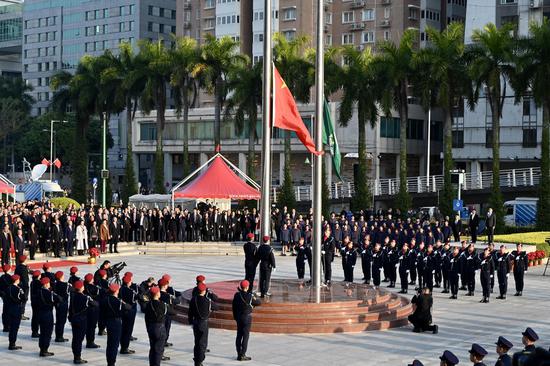

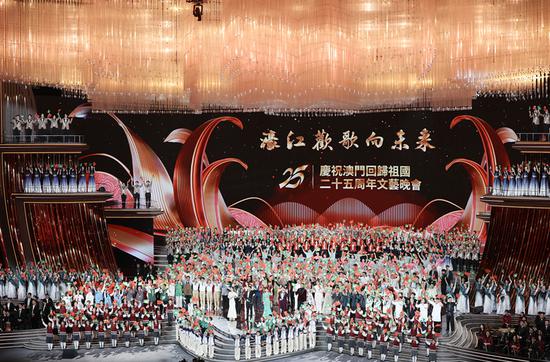
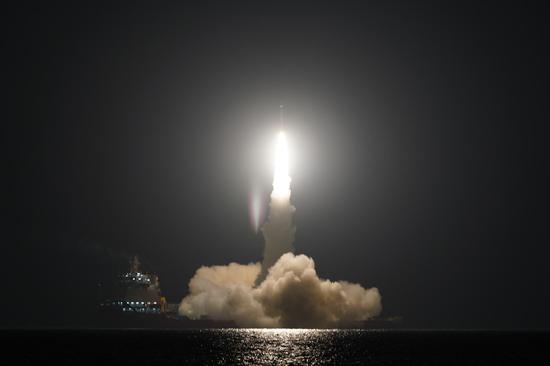


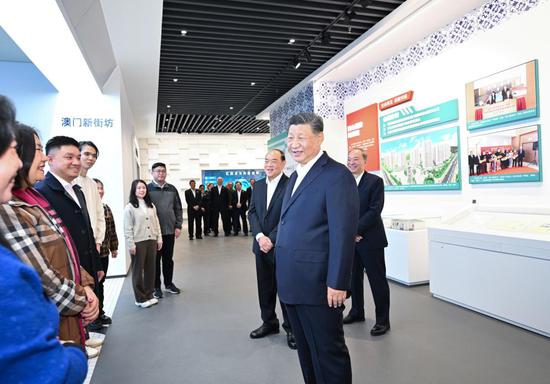








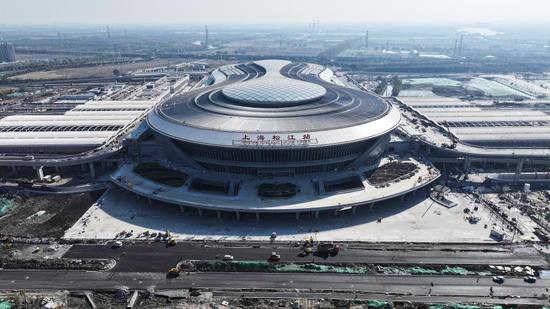


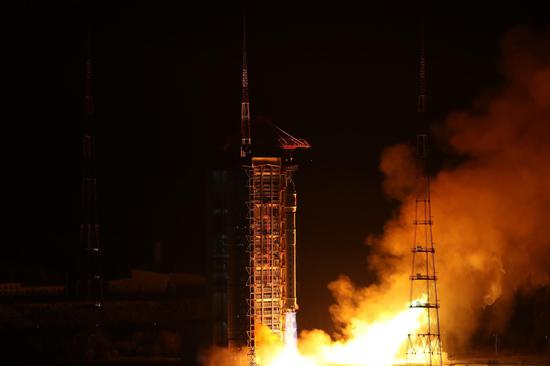
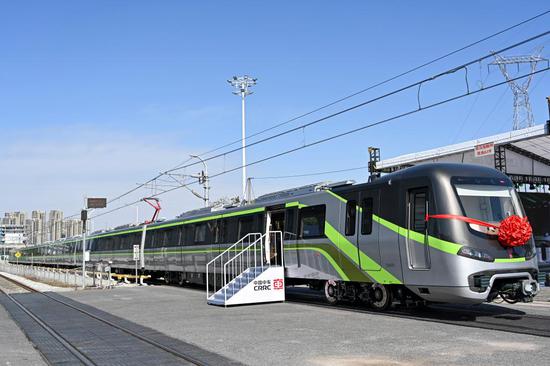

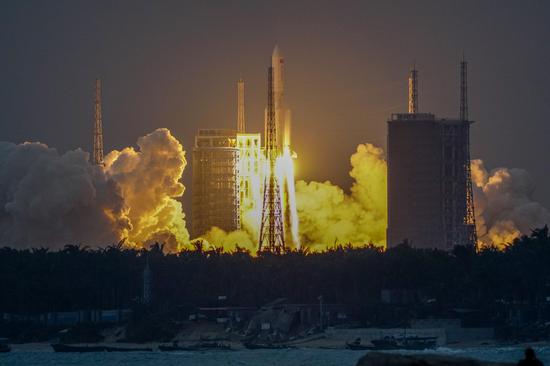





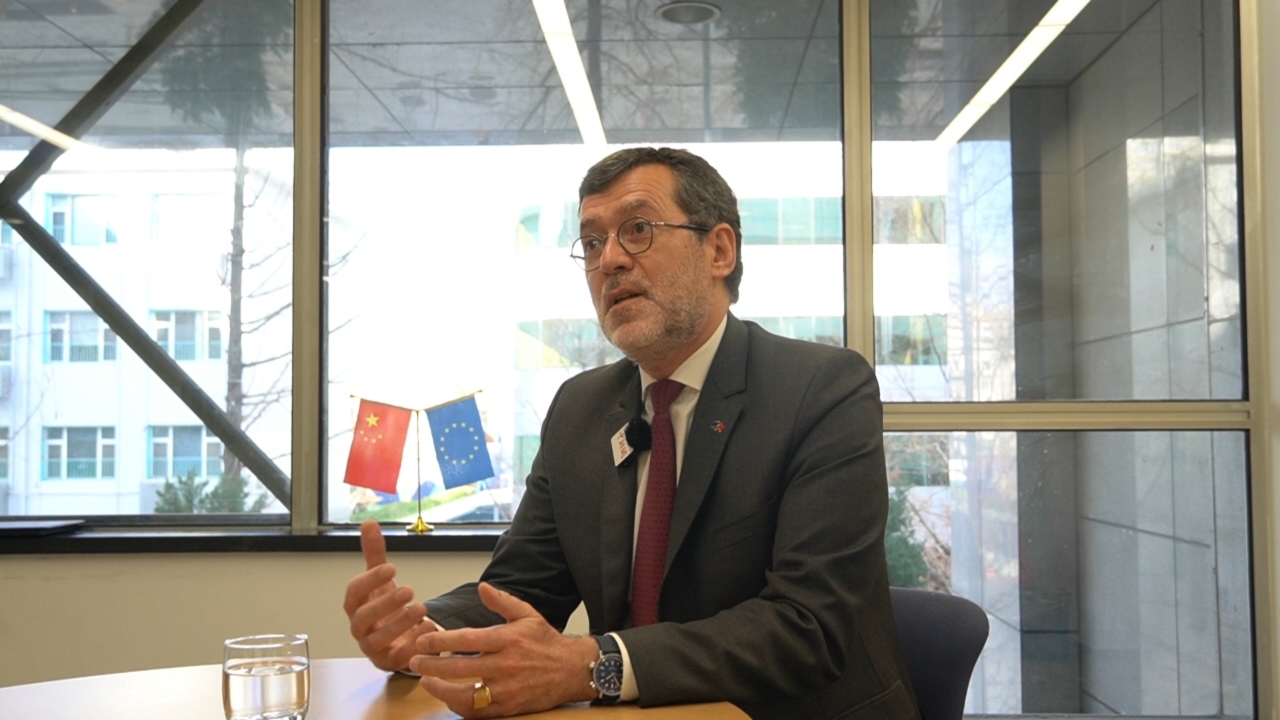



 京公网安备 11010202009201号
京公网安备 11010202009201号